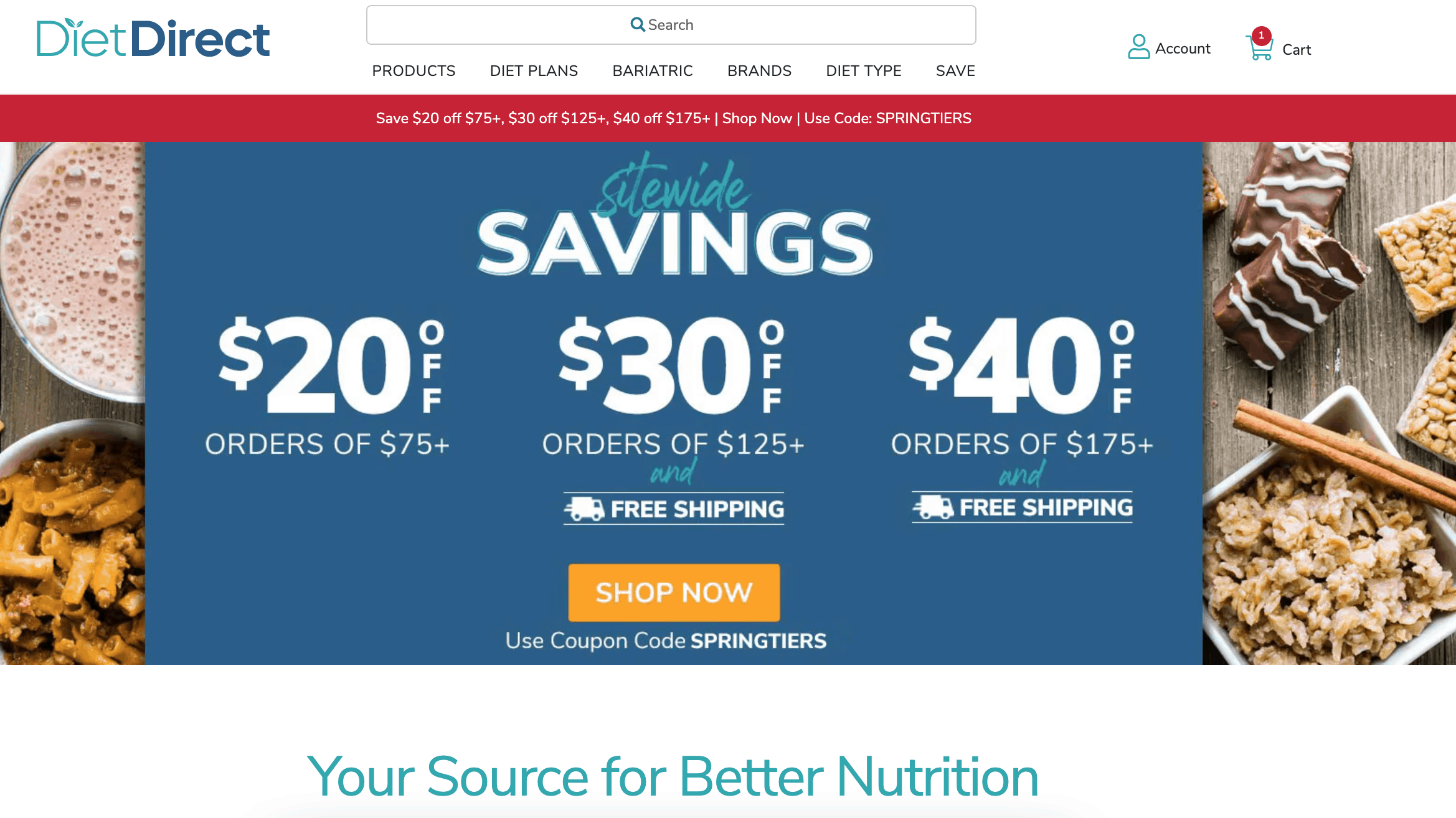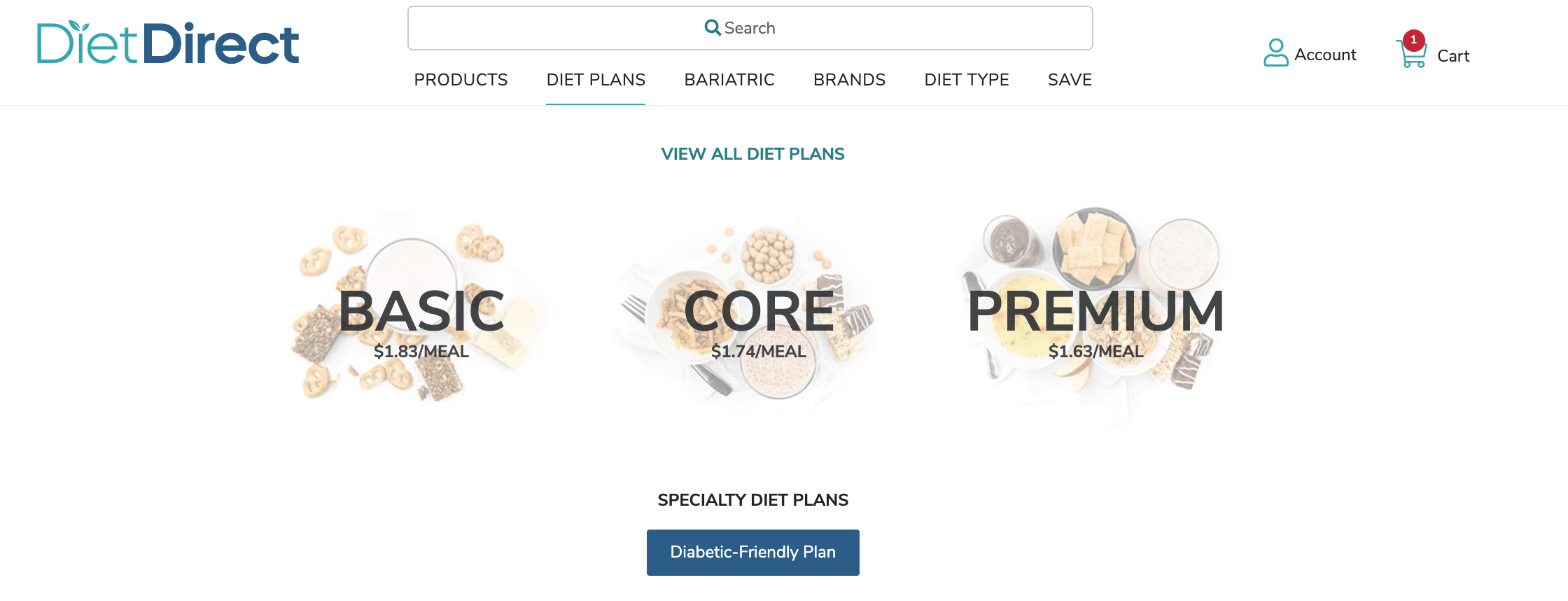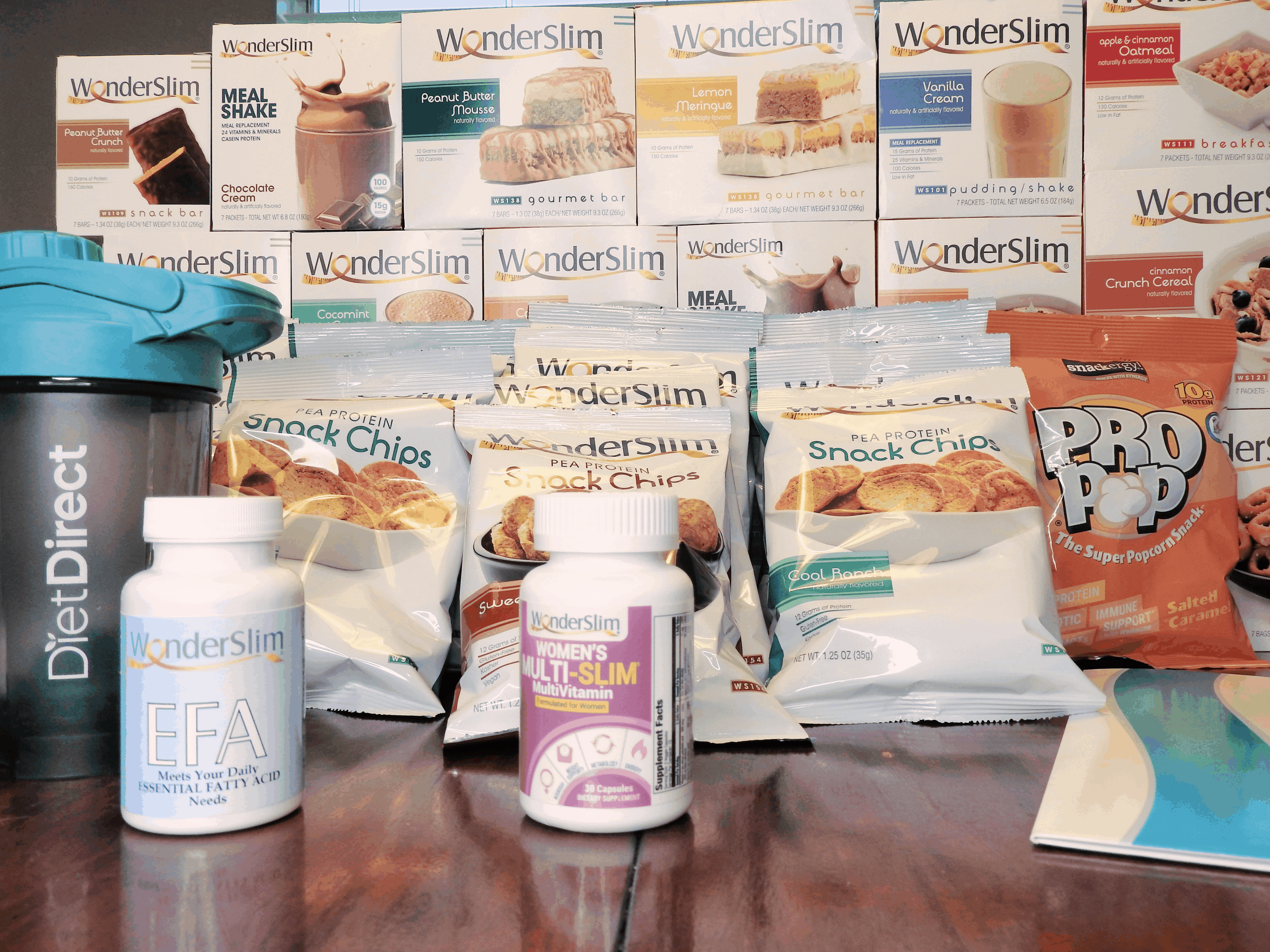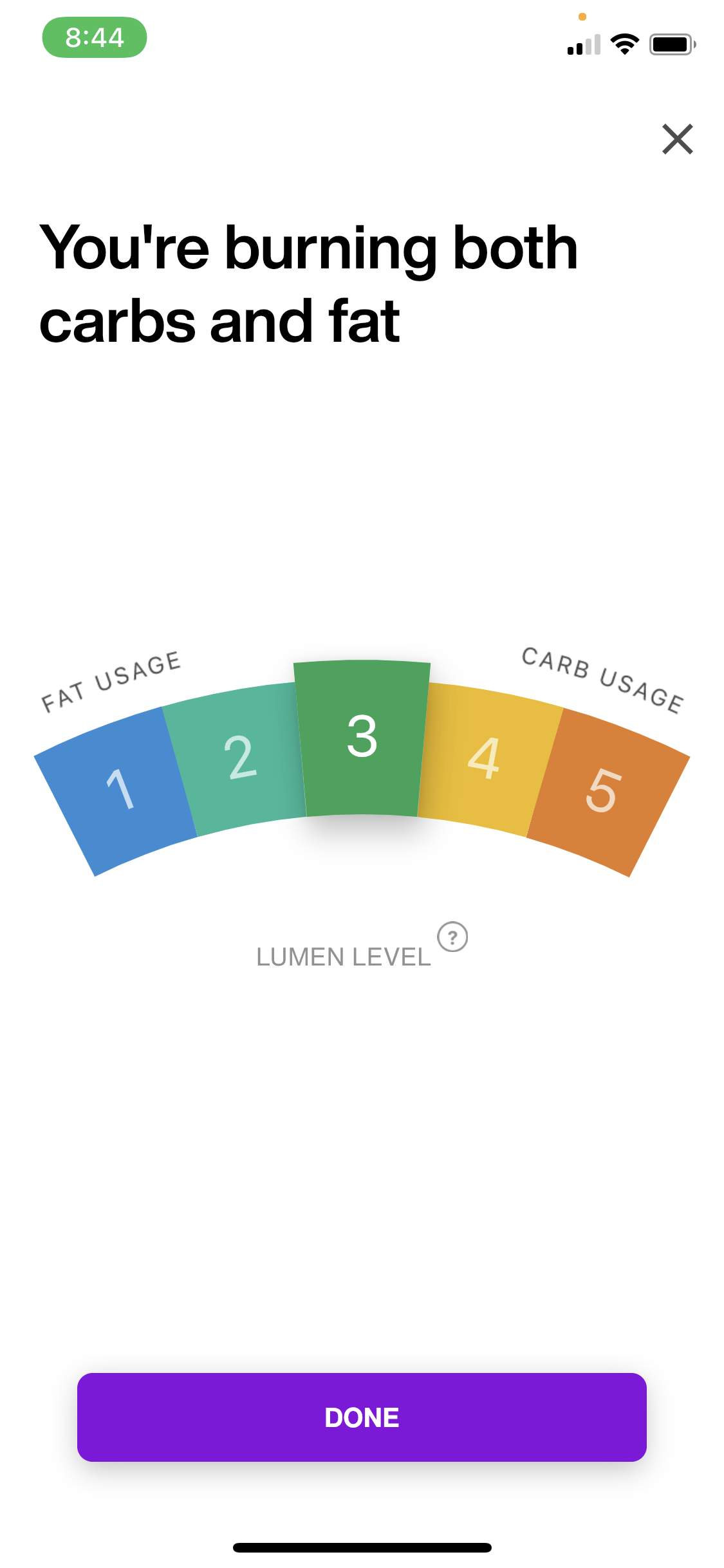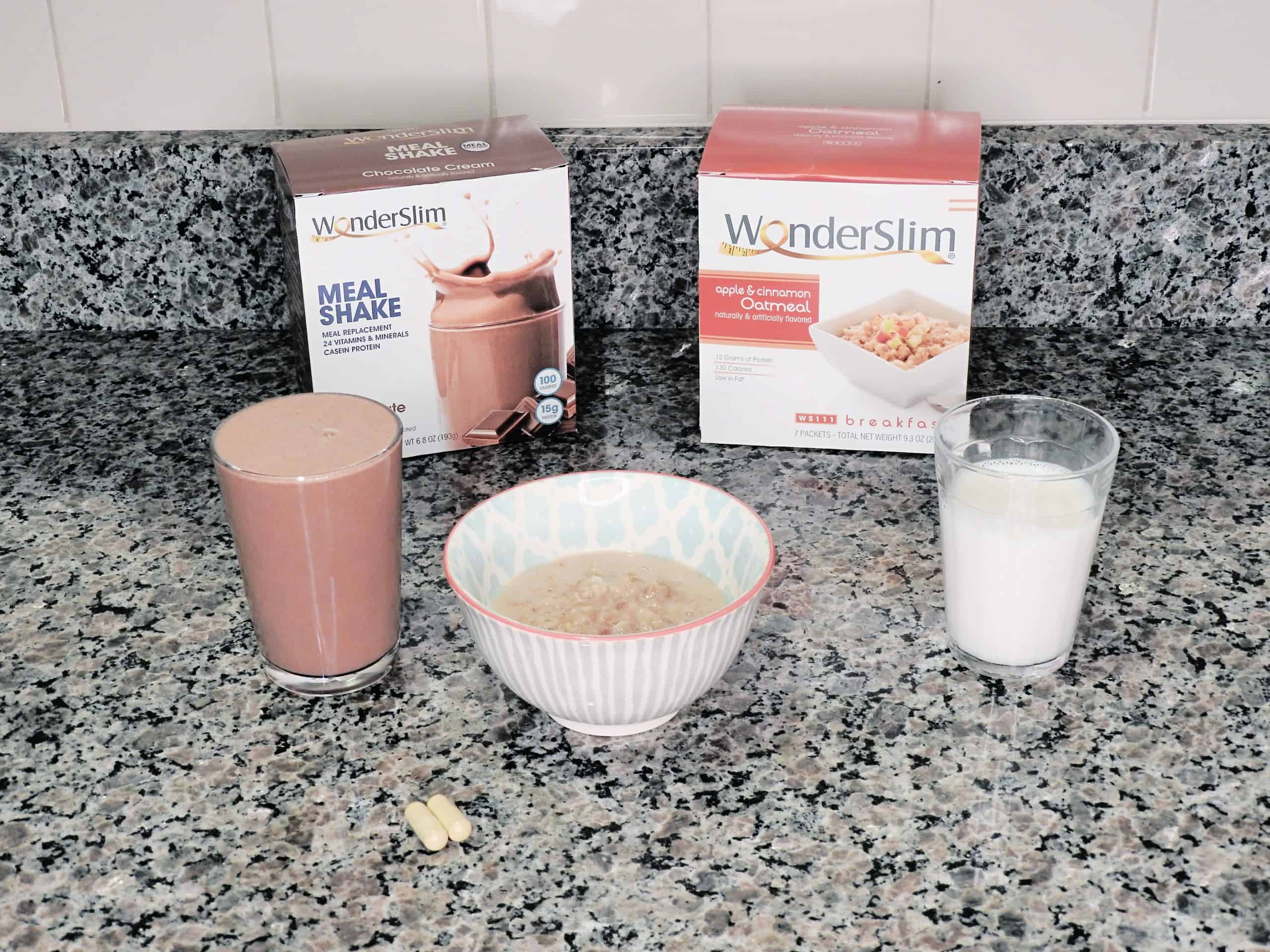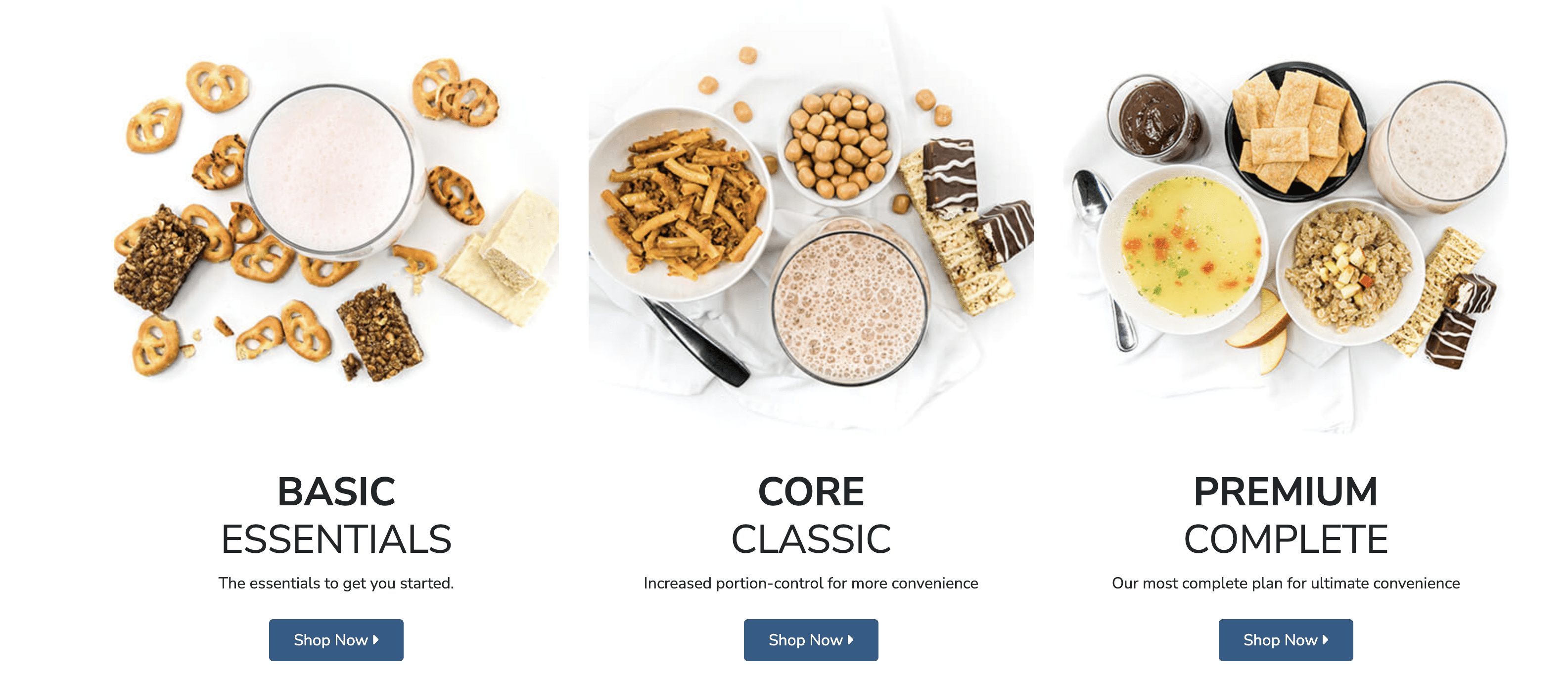Is Diet Direct Worth it? Wonderslim Review 2021-2024

I don’t know about you, but the most challenging part of starting a new health journey is how to meal plan to lose weight. That’s why I took the time to develop this Diet Direct review.
There are so many things to think about with eating healthy meals, from what to eat, eating the right portions, cooking the food, and intermittent fasting, that by the time it’s all said and done, you have dedicated more time to what you are going to eat and when than anything else!
I am BUSY! I have a blog, a YouTube channel, and a full-time job. So, how am I supposed to fit all this thinking about food into my daily schedule?
The answer is I don’t.
I don’t know about you, but the most challenging part of starting a new health journey is how to meal plan to lose weight. That’s why I took the time to develop this Diet Direct review.
There are so many things to think about, from what to eat, eating the right portions, cooking the food, and intermittent fasting, that by the time it’s all said and done, you have dedicated more time to what you are going to eat and when than anything else!
I am BUSY! I have a blog, a YouTube channel, and a full-time job. So, how am I supposed to fit all this thinking about food into my daily schedule?
The answer is I don’t.
So, when I had an opportunity to try out the WonderSlim weight loss program plan through Diet Direct, I jumped on it! Diet Direct is the parent company of Wonderslim and has a wide variety of options for weight loss. Mention there are a lot of positive reviews and some negative reviews, too. Just because it worked for people doesn’t mean it would work for others.
I tried the food for a week, so I’m ready to share how it all worked out for my food groups and strength training. So read on for my Diet Direct review – and stick around to the end for a direct diet coupon!
What is Diet Direct?
Before I tell you all the nitty-gritty about my experience, let me tell you about this weight loss plan and products! Diet Direct offers a one-stop-shop regarding health benefits for men and women alike.
You can develop an eating plan which lowers the risk of heart disease. It encourages you to eat food with no added sugar and provides a practical set of instructions and an in-detail manual.
They have a wide variety of nutritious food designed by Nutritionists to keep you on track with your health goals. In addition, they have several different direct diet meals and snacks you can choose from and a variety of diet programs for you to choose from.
Everything is easy to cook, most of which can be easily microwaved and delivered to your doorstep. So make healthy eating mandatory in your department of health. A healthy lifestyle is necessary, especially with the uprising of the pandemic and the COVID-19 vaccine mandate.
And it’s pretty affordable, too! If you want one of the best diet plans, meals start at $1.63 per meal! And they even have a rewards program. So, for every dollar you spend on their site, you get reward credits for future purchases.
I got an opportunity to try them out for free in exchange for this review, and boy, do I have much to tell. So let’s say this is my wonderslim® lifestyle guide…
Diet Direct Review: What My Week Looked Like
I decided to go with the WonderSlim two-week diet plan for women. It was super easy to go on the site, pick my portion-controlled diet direct meal plan, and then choose all the flavors of food I wanted. And there were a TON of natural diet products to choose from. All of them are high-protein and ready to eat—for the most part.
Going through a list of choices, I had to choose:
- Two breakfasts (boxes of 7 packs each)
- Two lunches (packages of 7 bags each)
- 2 bars and snacks (packages of 7 bags each)
- Six meal replacements (ranging from soups to protein shakes) (boxes of 7 bags each)
So I had plenty of food to work with here! On top of the two small meals a day and snacks, I also get to have a low-carb dinner. So there is plenty of food to eat.
I am a vegetarian, so I was concerned with my options and whether they had any options without meat. Surprisingly, most options were vegetarian-friendly, so I had plenty to choose from!
Another few items that came in the kit were:
1 x Shaker Bottle (20oz)
1 x WonderSlim Essential Fatty Acids (EFA), (120ct)
1 x Welcome Packet
1 x MULTI-SLIM Women’s Multivitamin Supplement (30ct)
These items come with every kit. They are all necessary for your success in the program, but I will get more into that later.
The Meal Plan
Once my food arrived, I was a bit overwhelmed. What I listed above may not seem like a lot of food, but it’s a lot! I had to make room in my panty for it all.
It can be stored in the pantry and none in the fridge, which was great for me because my fridge is usually pretty full. I also did not have to worry about food spoiling once it arrived on my doorstep.
The welcome packet shows you precisely what to eat and when through our diet journey. It includes menu items that make choosing which items to eat and when easy.
There is also a grocery food selection list and a Wonderslim food list so you can see all your options for ordering your following meals.
Diet Direct Review: What I Liked
There were several things I liked about the WonderSlim meal plan. But for the sake of time, I will give you my top 4 things I loved most about it.
The food was delicious.
This was hands down the number one reason this plan is legit. Everything was good. I loved the lemon meringue protein bars, chocolate bars, the zesty chili, and the double chocolate cake was to die for.
But the pudding shakes… Those pudding shakes were fire.
I am not even a fan of most chocolate things, but the chocolate mint shake and the chocolate cream shakes were my favorites. I looked forward to each one after my meals.
They served as a dessert for me after each one. So then I got an actual dessert every day, too! It was awesome. I could barely call it a diet; I enjoyed it so much.
That was until I checked my Lumen Metabolism Tracker after meals, and it told me that I was burning low fat and not carbs along the way! Check out my review for the Lumen Metabolism Tracker here.
The meal plan made everything super easy.
I mentioned that when all the food came in, I was overwhelmed. It seemed like a lot of food for only two weeks. But once I read the meal plan, it all felt more doable. I did not have to think about what I would eat that day because it was already planned for me for two weeks!
Food did not take long to cook.
This is another part I loved about this. All of the meals I ate were easily microwaveable. I did not spend more than 5-10 minutes preparing my dinner before I ate it, which is doable when you are busy. I did not even need to take out pots and pans!
I lost weight!
After a week of trying all of this, I lost 2 lbs! I know that is not huge, but I’ll take it to eat delicious food for a week!
What I Did Not Like
Now that you know everything I liked, let’s talk about what I didn’t like. That is probably why there were some negative reviews, but these are what I think.
The portions were pretty small.
The portion size being tiny was my biggest pet peeve for the meals. Of course, it helped to have meal replacement shakes with my meals to help fill me up, but even those were pretty small.
Before this, I got some Thermogenic Fat Burners since they typically curb my appetite when starting a new diet. I took some of these in the morning and had no trouble feeling hungry between taking those and drinking enough water.
So, the smaller portions did not become a big deal overall. If I had to choose to do this again, I would do it. I think I will do it again now that I know it works! I still have another week of food to go.
Diet Direct is a one-stop-shop when it comes to healthy eating.
They have a wide variety of nutritious food designed by Nutritionists to keep you on track with your health goals. They not only have a number of different meals and snacks you can choose from, but also a variety of diet plans for you to choose from.
Everything is easy to cook, most of which can be easily microwaved and is delivered right to your doorstep.
And it's pretty affordable too! If you wanted to go with one of the diet plans, meals start as low as $1.63 per meal!
So, I think it may be time to order it again once I finish this week!
What People Are Saying About Diet Direct
I know I am still early in my story. But I was so impressed when I heard some of the other Wonderslim customer reviews about others who have been using their meal plan for some time.
These folk’s slim success reviews inspired me! It made me want to continue on my weight loss journey. If you are still trying to figure out how to meal plan for weight loss, look no further.
And as if Jane’s story was not impressive enough, check out Jennifer’s.
These ladies’ Wonderslim success stories inspired me! It made me want to continue on my weight loss journey. If you are still trying to figure out how to meal plan for weight loss, look no further.
Here are more Wonderslim reviews for 2021 and 2022.
Are you thinking about trying out Wonderslim?
Use my link to add promo codes to your cart at checkout automatically. For example, you’ll get 15% off Single Items and 10% off Diet Plans. Just click the link above to have your Diet Direct coupon code added!
Have more questions? Check out the FAQs below.
Does Wonderslim Work?
Wonderslim meal plans have worked for many of their customers, myself included! While I am still early in my weight loss journey, there are many
success stories and accurate results from using Wonderslim.
Wonderslim is for people who practice low-calorie intake and are considering a long-term weight loss basic plan with no side effects. Check out the Wonderslim official website for additional information.
What is Wonderslim?
WonderSlim is a weight loss program or management plan specializing in healthy and effective weight loss programs. Their various meal replacement options are designed for people of all genders, ages, and fitness levels who want to lose weight quickly.
As a Weight Loss Program, WonderSlim provides packaged meals with fewer calories and high protein to help those who want to lose weight.
Is Wonderslim healthy?
Wonderslim takes care of the healthy eating part for you. There are a variety of low-calorie foods you can choose from. It is an opportunity to live a more healthy lifestyle.
I recommend supplementing fresh fruit and veggies with the meal plans for Wonderslim, but overall, Diet Direct products are an excellent option to get fit!
How Much Weight Can I Lose on Wonderslim?
WonderSlim diet Plan users can lose significant weight without rigorous physical exercise. However, the speed at which they lose weight may depend on their abilities. But if you stick to the plan, you will see results.
Is there a Diet Direct promo code?
I love an opportunity to save money when I can. So yes, there are promo codes for the Diet Direct website!
Use my link to add promo coupon codes to your cart at checkout automatically. For example, with my discount codes, you’ll get 15% off Single Items and 10% off Diet Plans.
How Much Does a Wonderslim Meal Plan Cost?
Does Wonderslim Have A Diabetic Diet Meal Plan?
Yes, there is a diabetic 1500-calorie meal plan that is high in fiber and considerate of blood sugar levels.
Does Wonderslim have any artificial sweeteners or different flavors?
Yes, some WonderSlim shakes contain Sucralose. There are also different flavors of a variety pack and other products you can choose if one doesn’t work.
How is Diet Direct’s customer service?
Customer service is excellent. They have a toll-free number at (800) 567-3438. In addition, you can call or send them an email on their Contact Us page.
How long does it take to receive the package?
Shipments placed before 11 a.m. ET is processed on the same day. FREE Shipping to the Contiguous US On Orders $79+ (after discount).
Any Order Under $79+ (after discount) will incur a Flat Rate Shipping charge of $8.49. Contiguous US Only. Ground shipping varies depending on your location. The fastest shipping option we offer within the United States is Expedited, delivering in 2-3 business days.
Does the Diet Direct online store offer more than just meal plans?
Yes! On top of the weight loss meal delivery service Wonderslim plans to offer, Diet Direct offers other individual Wonderslim products for an effective weight loss program.
This includes supplements and vitamins one can take daily to maintain their health. They also carry the exclusive supplement brand, Bariatric Choice, for those who have undergone Gastric Bypass/Sleeve Gastrectomy surgery.
Still, have more questions for me? Please leave them in the comments below!





